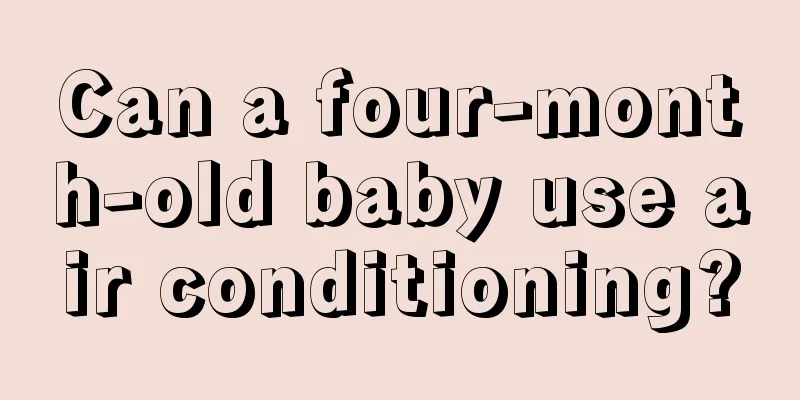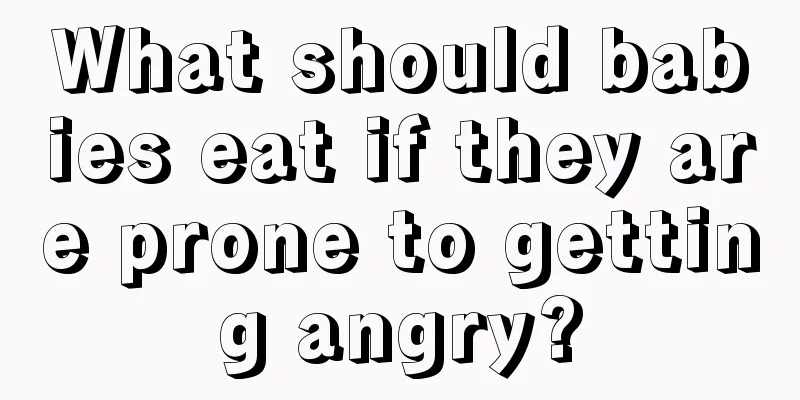Symptoms of influenza A in children

|
Influenza A is a relatively common type of influenza in children. The characteristics of influenza vary depending on age. For example, preschool children often suffer from respiratory viral infections, which can cause lung infections and lead to high fever, accompanied by vomiting and diarrhea. The body temperature can rise to 38 to 40 degrees, and high fever convulsions are prone to occur. Let us understand what the symptoms of influenza A are in children. Let's take a look at this aspect. Symptoms of influenza A in children When children have influenza, their clinical symptoms often vary according to their age. According to age, they are roughly divided into: older children are aged between 7 and 18 years old. The symptoms are similar to those of adults, mostly manifested as common flu symptoms, with an acute onset, high fever, chills, aches and pains in the head, back, limbs, fatigue, etc., followed soon by sore throat, dry cough, runny nose, conjunctival congestion, tearing, and local lymphadenopathy. Coarse rales can be heard in the lungs, accompanied by diarrhea, abdominal distension, and other digestive system manifestations. Preschoolers: Children aged 3 to 7 years old. Symptoms are similar to those of other respiratory viral colds. It is difficult to distinguish when inflammation spreads to the upper and lower respiratory tract, larynx, trachea, and lungs. The condition is more serious. Children often have high fever, clear nasal discharge, often accompanied by vomiting, diarrhea, body temperature between 38℃ and 40℃, and may have high fever convulsions. Infants and young children may have severe inflammation of the larynx, bronchi, etc., accompanied by sticky sputum, and even respiratory obstruction. The total white blood cell count decreases, and when pneumonia occurs, the total white blood cell count decreases even more. Prevention of influenza A in children First, influenza viruses are mainly transmitted through air and contact. Babies should avoid contact with patients with flu symptoms (fever, cough, runny nose, etc.) or respiratory diseases such as pneumonia; avoid going to crowded places. If you really need to take your baby to these places, it is best to put on a mask for your baby. Try to avoid physical contact, including shaking hands, kissing, dining together, etc. This can help prevent contact with the H1N1 pathogen. Second, pay attention to the baby's personal hygiene, wash hands frequently with disinfectant and clean water; the baby should get enough sleep, exercise more, pay attention to indoor ventilation, and cultivate good personal hygiene habits for the baby. Third, babies who have not received the flu vaccine this year should get the vaccine as soon as possible. Although the flu vaccine cannot prevent H1N1 flu, it can improve the baby's immunity to flu. Fourth, eat food that is cooked thoroughly, and eat less or no raw, undercooked shellfish, or unclean food. Vegetables and fruits should be washed thoroughly, and if possible, it is best to disinfect or peel them before eating. Fifth, parents who have the closest contact with their children may become the source of infection for their children. Therefore, parents should pay attention to: After returning home, you should immediately wash your hands and face with soap; open windows frequently for ventilation, and clean and disinfect daily household items and children's toys; if parents show cold symptoms, they should have a sense of crisis and isolate themselves from their children immediately. |
<<: The child got a swelling after getting BCG
>>: Symptoms of electrolyte imbalance in babies
Recommend
Baby fell off the bed face down?
When parents are taking care of their babies, the...
Why do girls develop lumps in their breasts?
When girls reach puberty, their breasts will deve...
What to eat for dry eyes in children
We all know that if adults overuse their eyes and...
When do children stop growing taller?
There is a certain age when children grow taller....
What is the cause of hand, foot and mouth disease in children?
Hand, foot and mouth disease is a disease that ev...
How to treat a fever in a toddler
How to treat a child's fever? This is somethi...
What should children eat if they are zinc or calcium deficient?
Dietary therapy is a very good method for childre...
Can children eat more watermelon?
When summer comes, the weather is scorching hot. ...
Is newborn hearing screening accurate?
Generally speaking, newborn hearing screening is ...
What are the dangers of insufficient sleep for students?
Lack of sleep is very harmful to students. Studen...
What should I do if hernia recurs in children?
In life, many children suffer from pediatric hern...
How to cut nails for newborn baby?
Newborn babies are in the stage of growth and dev...
How often should newborns take vitamin D supplements?
Many new mothers believe that their babies are ju...
Can babies take medicine and milk powder together?
Many people have questions in their minds: Can me...
What are some ways to cultivate children's willpower?
Children nowadays are rather spoiled. Many parent...









